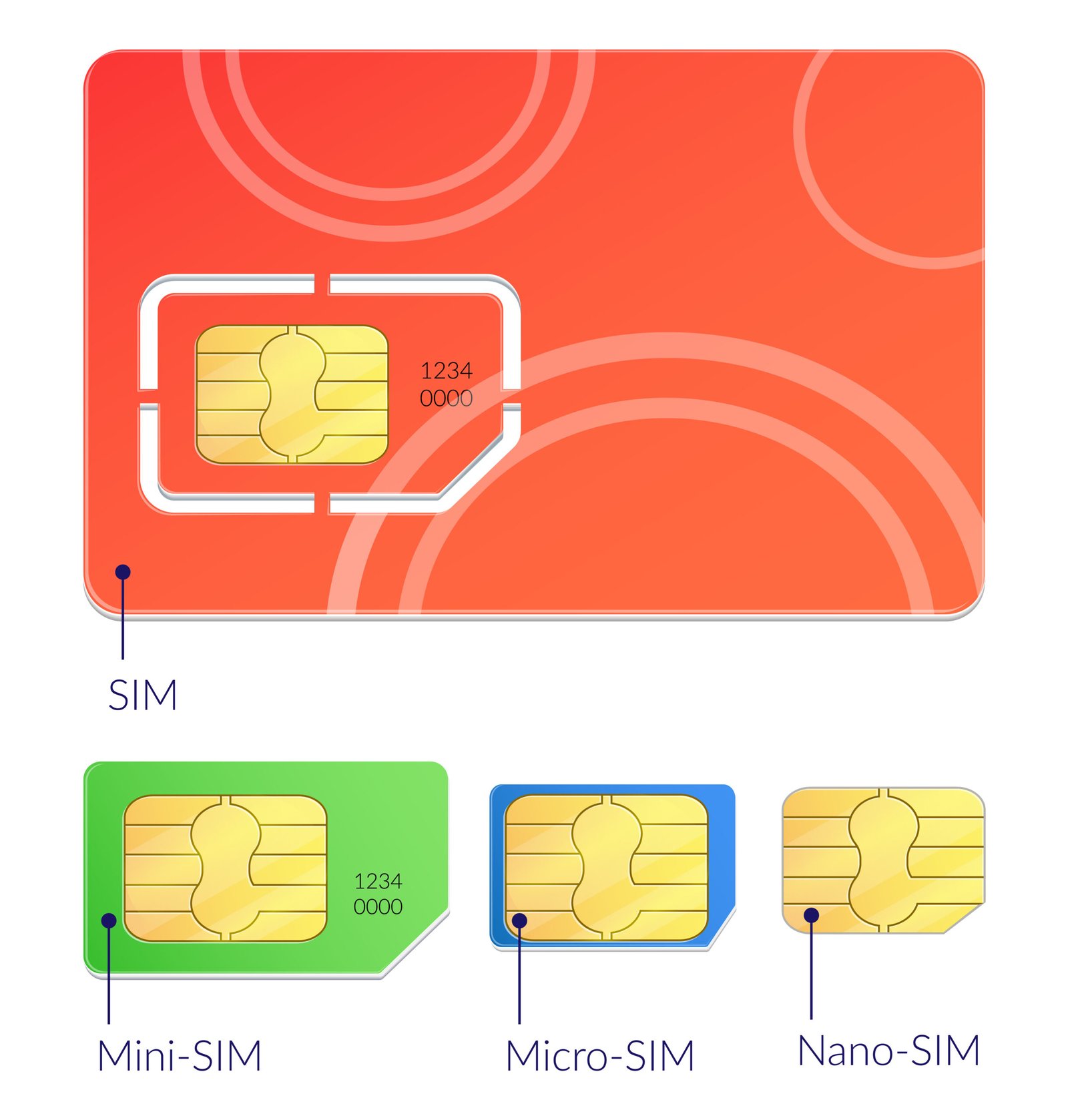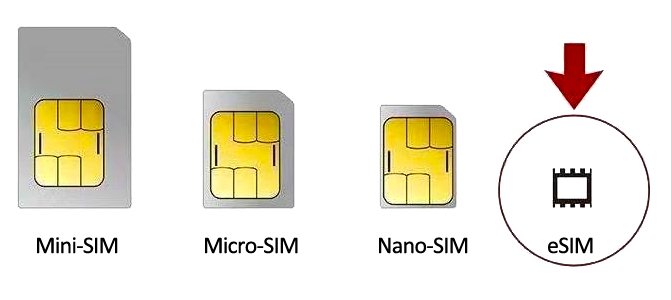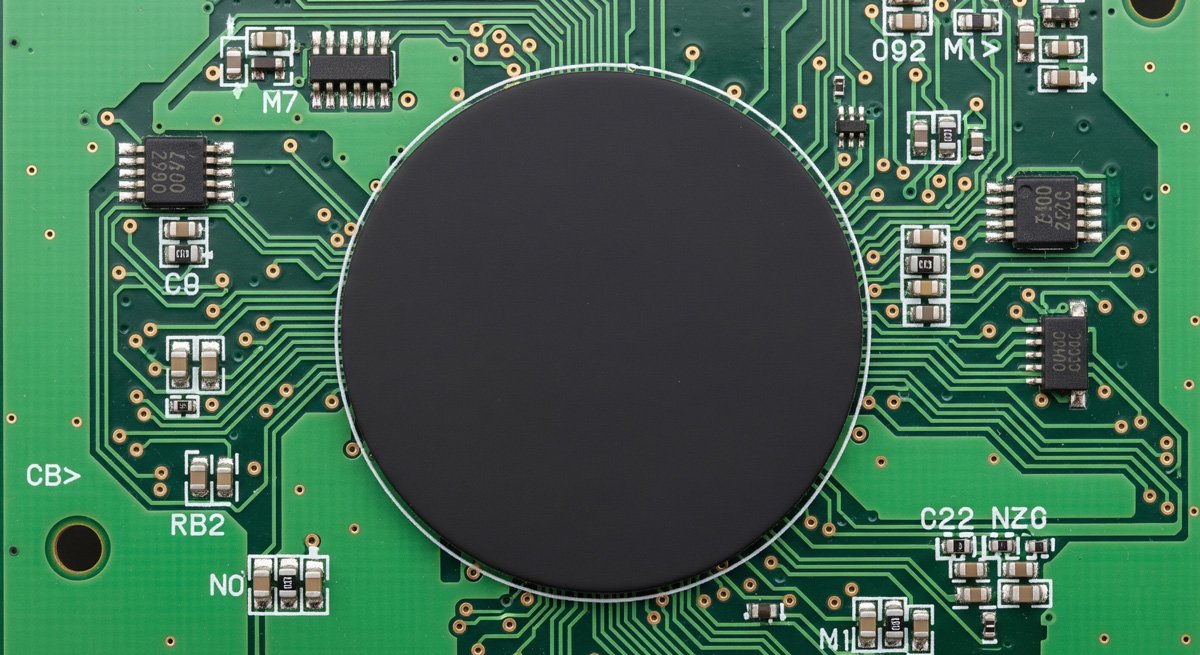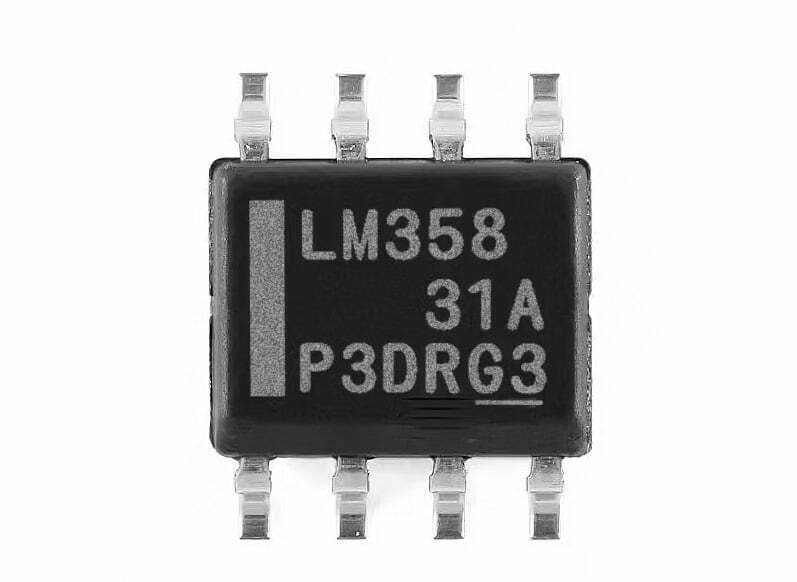What is a SIM Card?
A SIM (Subscriber Identity Module) card is an integrated circuit card used in GSM systems to identify mobile users. It allows GSM networks to recognize subscribers, and the same SIM card can be used across different phones. Without a SIM card, a GSM phone cannot connect to the network.
In essence, a SIM card represents a mobile device’s legal identity, much like an ID card. It enables mobile phones and other smart devices to access the carrier’s communication network and services.
What are SIM Cards Used for?
SIM cards can be classified based on their applications into regular SIM cards and IoT (Internet of Things) SIM cards.
- Regular SIM Cards are used by individual consumers for activities like making calls and accessing mobile internet services.
- IoT SIM Cards are designed for communication between IoT devices. These cards focus on data transmission and cannot be used for phone calls.
IoT SIM cards come in two types:
- Standard IoT SIM Cards: Similar to the material used in regular SIM cards.
- Industrial IoT SIM Cards (MP Cards): Made with advanced materials like injection-molded plastic or ceramics, these cards are more durable and suitable for harsh environments, offering extended lifespans.
Types of SIM Cards
There are three common types of SIM cards:
- Mini-SIM (Standard SIM): 25mm × 15mm × 0.76mm
- Micro-SIM: 15mm × 12mm × 0.76mm
- Nano-SIM: 12.3mm × 8.8mm × 0.67mm

Additionally, there is the eSIM (Embedded SIM), which is integrated directly into the device’s chip. Unlike traditional SIM cards, the eSIM doesn’t need to be physically inserted or removed, offering true device card-free functionality. eSIMs are more durable, resistant to wear, and can better withstand extreme environments.

Hardware Structure of SIM Cards

Structure Analysis
1. Microprocessor (CPU)
The CPU is the core of the SIM card, responsible for performing all computations and logic operations, such as executing encryption algorithms and processing input/output data.
2. Program Memory (ROM)
ROM stores the fixed information on the SIM card, such as the operating system and pre-installed applications. Once written, the data cannot be modified.
3. Working Memory (RAM)
RAM temporarily holds data during complex operations or task processing.
EEPROM is a rewritable memory space that stores dynamic information, such as phonebook entries, SMS messages, and user authentication keys. The capacity of this memory is often indicated by “xxxK” on the card. For example, “128K” means the EEPROM storage capacity is 128KB.
5. Serial Communication Unit
This unit is the only communication channel between the SIM card and the mobile equipment (ME), supporting half-duplex serial communication.
SIM Card Electrical Pins
The contacts on a SIM card follow the ISO 7816-2 protocol, defined as follows:
| Contact | Description |
|---|---|
| C1 | Power Supply (VCC) |
| C2 | Reset (RST) |
| C3 | Clock (CLK) |
| C4 | Reserved |
| C5 | Ground (GND) |
| C6 | Programming Voltage (VPP) |
| C7 | Input/Output (I/O) |
| C8 | Reserved |
Most SIM cards have eight contacts, but at least five must be connected to the device for the card to function properly: VCC, GND, RST, CLK, and I/O.
- C1 (VCC): Power supply contact, with specifications of 1.2V, 1.8V, 3V, or 5V. Most modern SIM cards use 1.8V or 3V.
- C2 (RST): Reset signal contact.
- C3 (CLK): Clock signal contact, with a frequency range of 1–5 MHz, provided by the terminal device. It must remain within ±10% of the frequency used during the reset response.
- C4: Reserved.
- C5 (GND): Ground contact.
- C6 (VPP): Programming voltage contact. In 5V-powered cards, it serves as a power pin, but in 1.8V and 3V cards, it is usually unconnected.
- C7 (I/O): The only communication channel between the SIM card and the terminal device, supporting half-duplex communication with both transmission and reception modes.
- C8: Reserved.
How SIM Cards Work?
SIM Card Schematic Diagram
As the circuit schematic shows, the SIM card uses several key signals and components to detect insertion and ensure proper communication with the device:

Note:
- I/O: Bidirectional data port for communication.
- CLK: Clock signal (3.25 MHz) for synchronization.
- RST: Reset signal, which initiates the SIM card’s reset process.
- VCC: Operating voltage, either 1.8V or 3V.
- VPP: Programming voltage input.
- USIM_Presence: Card detection pin, used to check whether a SIM card is inserted.
When the SIM card is inserted, the USIM_Presence pin is connected to the device’s metal casing, creating a low-voltage signal. When no card is inserted, the pin is pulled high by a resistor connected to the power supply.
SIM Card Detection and Network Registration (ISO7816 Standard)
Once a SIM card is inserted into a device, the detection process begins:
- At time T0, the CPU sends the CLK signal to establish communication.
- Within 200 clock cycles, the SIM card sets its I/O port to receive mode.
- The CPU holds the RST signal low at T0.
- The SIM card responds by setting the I/O port to a low state after approximately 400 to 40,000 clock cycles.
This process enables the device to recognize the SIM card and establish network connectivity.
SIM Card Power-Up and Power-Down Process
Power-Up Process:
- The RST (reset) signal is held low.
- VCC (voltage) is applied.
- The I/O port is set to a receiving state.
- VPP is applied.
- A stable clock signal (CLK) is provided for synchronization.
Power-Down Process:
- The RST signal is held low.
- The clock signal (CLK) is stopped.
- VPP is turned off.
- The I/O port is driven low.
- VCC is disconnected.
SIM Card Timing
The SIM card operates with a clock frequency of 3.25 MHz. Its operational sequence includes several key steps:
- Card Activation: The SIM card is initialized by the device’s CPU, which starts the clock signal (CLK) and resets the card (RST).
- Cold Reset: Occurs after the SIM card is inserted and powered up.
- Warm Reset: A system-controlled reset without powering off the card.
- Data Transmission: The card sends its data in response to clock signals, and this communication is synchronized with the device through defined time intervals.
Communication Between SIM Cards and Devices
Communication between a SIM card and a device follows both the ISO 7816 standard and the STK (SIM Application Toolkit) protocol. eSIM communication, in particular, uses APDU commands as defined by ISO 7816.
STK Protocol
STK (SIM Application Toolkit) is a standard defined by the GSM Association for developing and deploying applications on SIM cards. It allows the SIM card to interact with the mobile phone by sending commands, such as displaying menus, sending SMS messages, or initiating calls.
APDU Commands
APDU (Application Protocol Data Unit) is the command set used for eSIM data operations, including reading, deleting, adding, updating data, managing logical channels, and reporting terminal capabilities.
Communication Method
The communication between a SIM card and a device is carried out by exchanging APDU commands and data between the operating systems of both devices, following the ISO 7816 and STK protocol standards.
- ISO 7816-3: Defines the electrical signals and transmission protocols, ensuring secure and reliable data exchange between the SIM card and the device.
- ISO 7816-4: Specifies the command and data structures, detailing how commands such as reading and writing data or verifying PINs are executed on the SIM card.
The STK protocol builds on ISO 7816-3 and 7816-4, adding commands tailored for interactions between the SIM card and the phone, enabling more complex operations and seamless communication.
Data Stored on SIM Cards
Static Data:
- ICCID: Unique serial number for the SIM card.
- IMSI: International Mobile Subscriber Identity, used to identify the subscriber within the network.
- Authentication Key (Ki): Works with encryption algorithms (A3, A5, A8) for security.
- PIN/PUK Codes: Protect the card and allow unlocking when needed.
Dynamic Data:
- LAI: Location Area Identity, used to track the phone’s location within the network.
- TMSI: Temporary identifier for added security.
- Contacts and SMS: User data stored on the SIM.
Authentication Process
- GSM (2G): One-way authentication, where the network verifies the user’s identity.
- 3G & 4G: Two-way authentication, with enhanced security algorithms and key storage.
- 5G: Introduces a more secure authentication process with additional components like AMF/SEAF and UDM.
The Evolution of SIM Cards
eSIM:
A major advancement, embedding the SIM directly into the device’s chip. This eliminates the need for a physical card while providing the same functionality.
5G Super SIM Cards:
In February 2021, a 256GB Super SIM card was introduced. This innovation offers massive storage capacity, high-speed data access, and secure storage for personal data. Certified for high security, it acts as a combined storage and communication card, enabling faster data transfers while maintaining secure communications.








